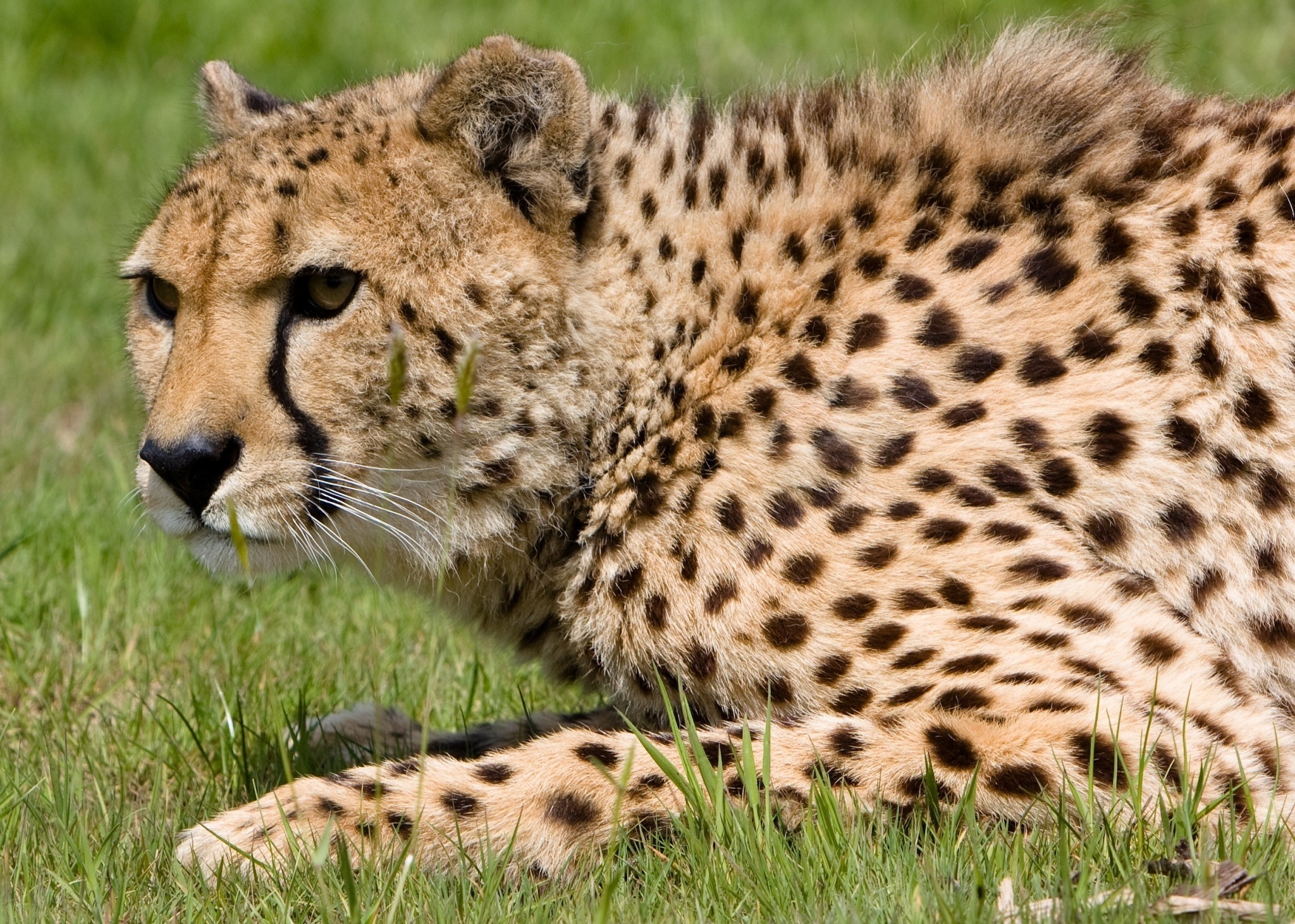"The Cheetah: Africa's Swift and Elegant Predator"
"The Cheetah: Africa's Swift and Elegant Predator"
Introduction:
The cheetah, known scientifically as Acinonyx jubatus, is a captivating predator renowned for its incredible speed and graceful build. In this article, we will explore the physiology, behaviors, lifestyle, and conservation of this iconic African species.
1. Physiology and Morphology:
One of the most striking features of the cheetah is its long and slender body compared to other large cats. These long legs grant the cheetah exceptional speed and maneuverability. Additionally, the cheetah's eyes are larger and rounder than those of other cats, allowing it to easily spot prey from long distances. Furthermore, the cheetah's body is covered in a short and thin fur layer, aiding in heat management in the warm African environments.
2. Feeding and Hunting Behavior:
Cheetahs typically prey on medium-sized mammals such as gazelles, impalas, and wild pigs. Their hunting technique often involves long-distance sprinting, reaching speeds of up to approximately 100 km/h. The cheetah rapidly closes in on its prey from a distance of about 300 meters and usually kills by biting the neck.
3. Behavior and Social Structure:
Cheetahs generally hunt alone and only come together with other cheetahs during mating seasons. However, sometimes siblings or young from the same mother may come together to form temporary groups. This social structure can enhance hunting capabilities and reduce competition.
4. Habitat and Distribution:
Cheetahs are typically found in open areas of savannas and other regions with low vegetation. They are distributed across various parts of Africa, particularly in southeastern and eastern Africa. However, habitat loss and human impact threaten cheetah populations.
5. Conservation Status and Threats:
The cheetah is classified as "vulnerable" by the International Union for Conservation of Nature (IUCN). Major threats include habitat loss, hunting, and human-cheetah conflicts. Conservation efforts such as habitat protection, hunting regulations, and effective conflict management with livestock are crucial for cheetah conservation.
Conclusion:
The cheetah is one of Africa's swift and elegant predators, captivating observers with its unique characteristics. However, threats such as habitat loss and human impact endanger cheetah populations. Therefore, comprehensive efforts and collaboration are needed to conserve cheetahs effectively. Only through such efforts can the presence of cheetahs be ensured for future generations to appreciate and admire.
Kaynakça
- ^ Durant, S.; Mitchell, N.; Ipavec, A.; Groom, R. (2015). "Acinonyx jubatus". s. e.T219A50649567. 8 Ağustos 2018 tarihinde
|arşiv-url=kullanmak için|url=gerekiyor (yardım) arşivlendi. - ^ "Cheetah (Acinonyx jubatus)". Environmental Conservation Online System (ECOS). US Fish and Wildlife Service. 19 Ekim 2017 tarihinde kaynağından arşivlendi. Erişim tarihi: 24 Nisan 2020.
- ^ Kryštufek, B. and V. Vohralík. (2001). Mammals of Turkey and Cyprus: Introduction, Checklist, Insectivora. Knjižnica Annales Majora, Koper, Republic of Slovenia.
- ^ ""Anadolu'dan hangi yaban hayvanlar yok oldu?"". 3 Ekim 2015 tarihinde kaynağından arşivlendi. Erişim tarihi: 2 Ekim 2015.
- ^ Korunan Alanlar ve Yaban Hayatı Yönetimi Çalışma Grubu Raporu, Ormancılık ve Su Şurası 2013, sf:15, Orman ve Su İşleri Bakanlığı










































